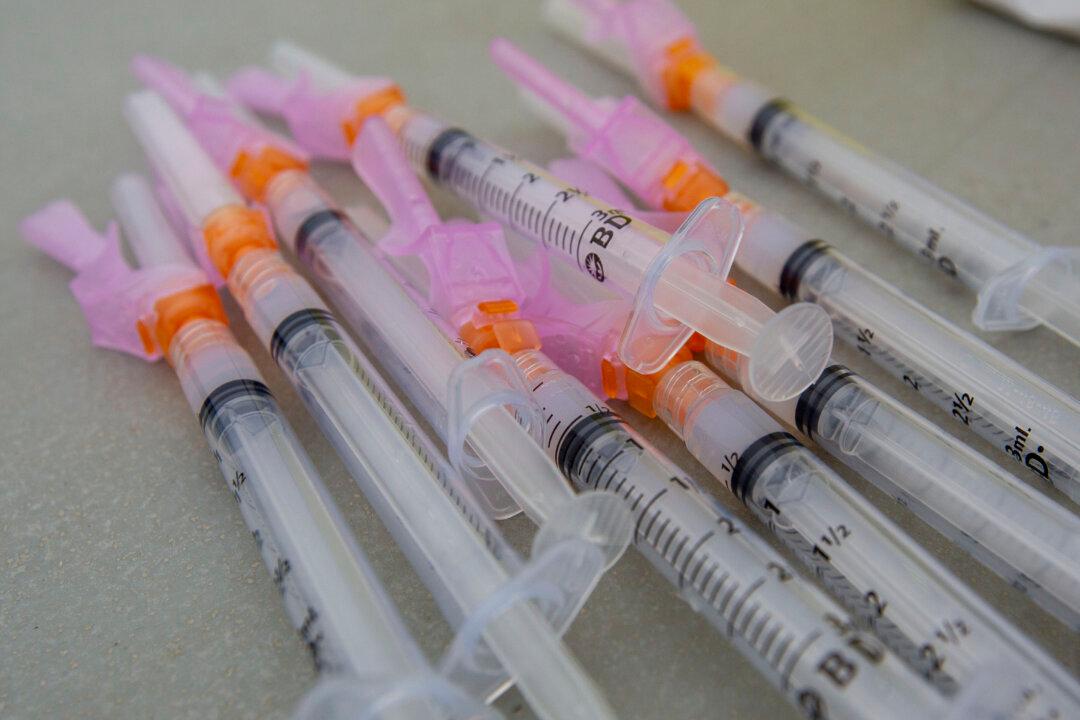The statistics on deaths by vaccination status published by the Office for National Statistics (ONS) are not appropriate for understanding the effectiveness of the COVID-19 vaccines, the UK’s statistics regulator has said.
The Office for Statistics Regulation (OSR) on Monday published its response to four researchers, acknowledging their concerns that the unvaccinated population was likely undercounted in the sample used by the ONS dataset.





